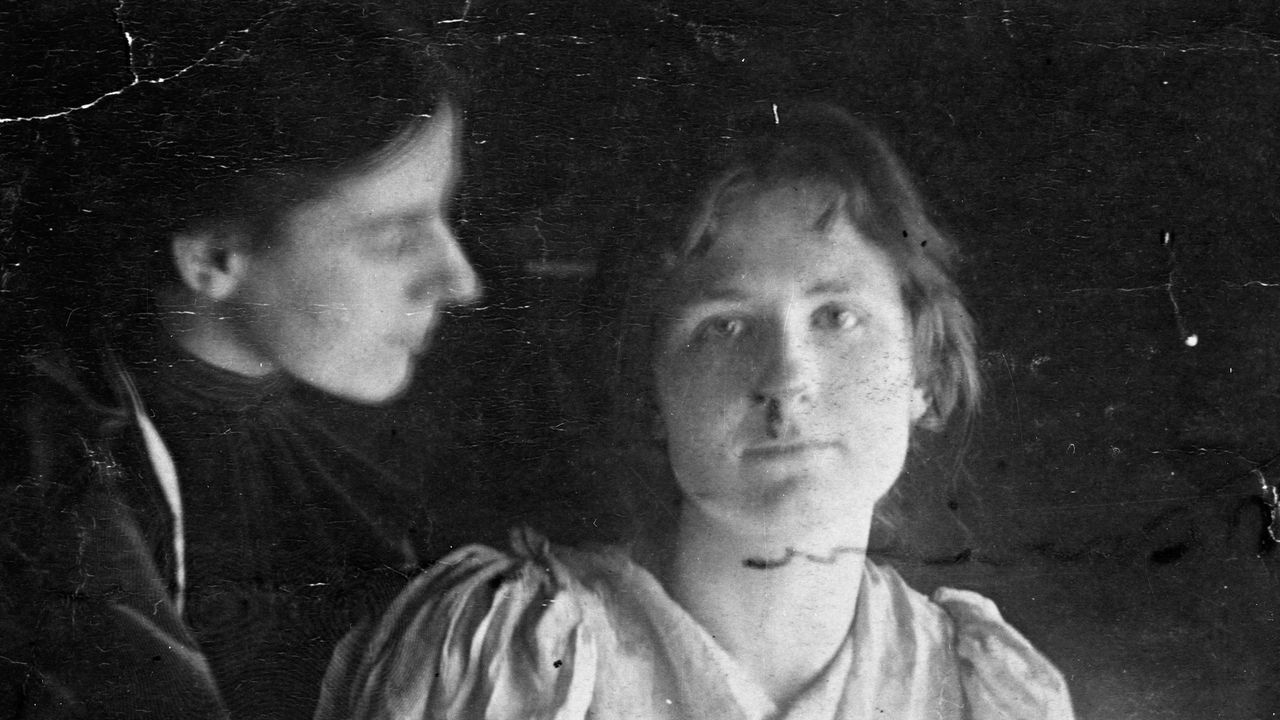âI donât have proof of this, but I can just imagine these two women having conversations about education reform, womenâs rights, the arts, and civic dutyâall things both Dana and Mahony were interested in,â Friedman adds. âI wouldâve loved to have been a fly on the wall.â
Branding the Prairie style with a sharp artistic eye
Where Mahonyâs impact is not debated was in the artistry of her architectural drawings and renderings. Her graphic style was the first to include perspective, plan, and section on a single paper, and was immeasurably influential in the construction and commission of projects. âIn 1905, she created a watercolor for Wright for the Unity Temple, which had burned down. The congregation asked Wright for proposals, and her art helped sell the project,â Wood says.
Until 1909, she made several renderings for Wright, some of which depicted unbuilt projects and some finished ones. âA very common characteristic of her work is a flattening of spaces and forms,â explains Wood. She is particularly celebrated for her use of line and the application of nature to frame the structures. Additionally, there is clear inspiration from Japanese prints, which both she and Wright admired.
âI couldnât believe how gorgeous the drawings on silk were, they were like precious objects,â Friedman remembers of her time studying Mahonyâs prints while working on Marion Mahony Rediscovered.
A rendering of the K.C. DeRhodes House is often seen as the pinnacle of her work with Wright. A sparrow in the bottom left corner of the drawing is of particular note, which Wood says was likely inspired by the Japanese prints in Wrightâs collection. âMany of them depict birds, tree branches, and flowers, and Iâve looked through hundreds of the prints from his collection and have not found one that is an exact replica of that bird. This drawing in particular is so beautiful because she is clearly influenced by these Japanese prints, but she makes the bird and flower subject completely her own,â Wood says.
Hidden among the leaves on the lower left corner is also Mahonyâs monogram, MLM. âThe fact that it has any signature or monogram is pretty radical,â Wood adds. âSheâs taking credit for her contributions, and thatâs big for the time.â Mahonyâs work not only helped Wright gain commissions, but it more broadly publicized the aesthetics of the Prairie style. She illustrated approximately half of Wrightâs Wasmuth portfolio, which was published in 1911, and helped establish him as an international architectural superstar.
A betrayal fractures the relationship for good
Wright and Mahonyâs relationship expanded beyond the professional. The pair could be seen as friends, and Mahony was particularly close with Wrightâs first wife, Catherine. In an 1895 photo credited to Wright, Mahony and Catherine are captured together in an informal pose, suggesting a notable familiarity between the two. So when Wright fled to Europe in 1909 and left Catherine for Mamah Borthwick Cheney, a client and neighbor, it undoubtedly fractured his relationship with Mahony as well.

